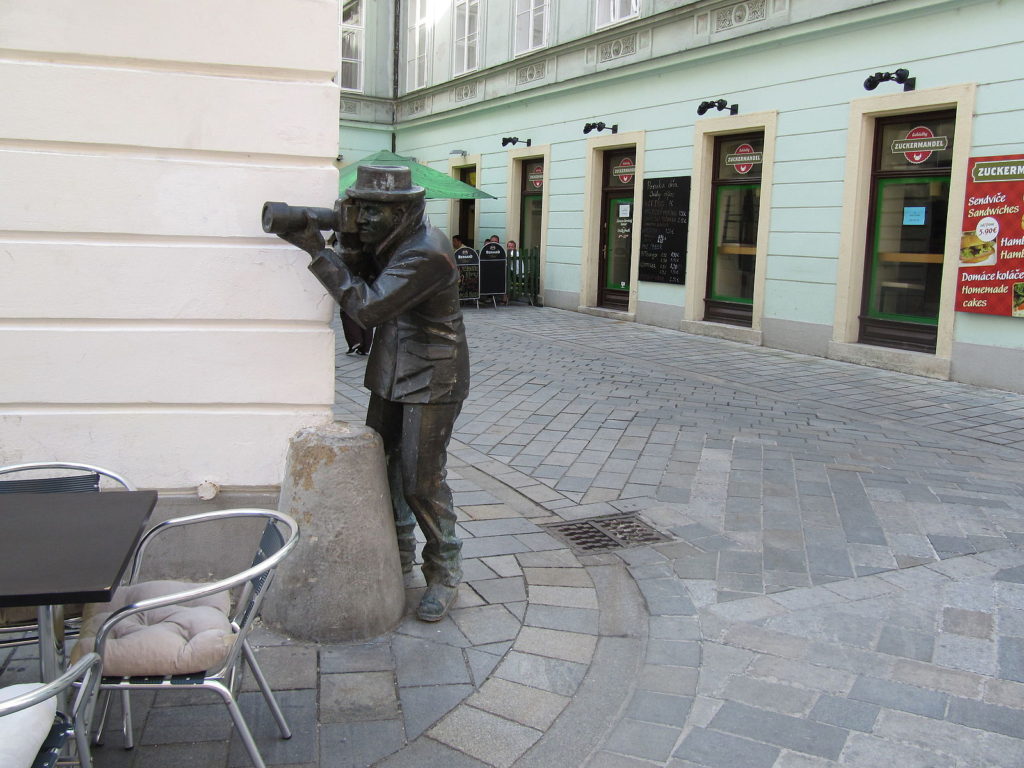Imagine walking down the street to get your supplies one morning. You could even be walking without a particular task in mind, simply because you like to! As a member of society, we are all entitled to use public spaces to conduct your life, within permissible limits. However, you are also increasingly aware of the many eyes that are watching you, you see a flashlight directed at you, and a stranger has possibly captured you. It could very well be the Gulmohar in full bloom that was the subject of the stranger’s fancy, but it’s something we will never know!
With the advent of technological innovations such as mobile cameras, drones, and augmented reality, aspects of citizens’ lives are increasingly vulnerable to intrusion. We are yet to negotiate a social code for respectful usage of technology. Many instances of stalking, non-consensual picture/video recording resulting in adverse conditions for vulnerable groups inform us of the need for deeper engagement with this topic. Moreover, how does the deployment of invasive technology impact the agency of an individual to make choices regarding privacy in a public realm?
Helen Nissenbaum wrote of ‘privacy in public’ and argued: “an adequate account of privacy should neither neglect the nonintimate realm nor explicitly exclude it from consideration.” It can be argued that acts done in a public space are considered public acts, hence part of the human memory. The law even allows for recording pictures in public for private use. The Indian law has laid out instances where “voyeurism” is a crime, if pictures taken are used within consent, etc. However, the challenge in enforcing the laws for effective redress. Cyberspace is vast and this also provides ample opportunity for the wrongdoer for tucking away these pictures/videos into a corner where no one can trace. Moreover, with drone technology and drones used for personal use, it is hard to even determine how you are being looked at, even in your private space.
Like the famous adage goes, the freedom to swing one’s arm ends where the other’s nose begins! The lines are grey on what remains permissible and what is not. Invariably, this choice must be made on a case-to-case basis, depending on a person’s comfort level. Evolving a social code of conduct, deepening awareness on the use of technology in public spaces are long term strategies towards building better practices around use, where individual agency is at the center of it. A “reasonable expectation of privacy” would mean that some activities come with an expectation of privacy. For example, snapping in a dressing room of the gym while someone is undressing can be a violation of the persons’ expectations to be left alone.
Simple things like asking for consent before snapping can go a long way. As far as legal measures are concerned, stronger enforcement of complaints around stalking, voyeurism can ensure reducing the imbalance in the power dynamic.
Karthik Venkatesh is the Research Coordinator at The Dialogue.
